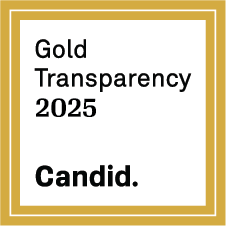Active banners: 0 Visible banners: 0
Climate Change Toolkit: How Many Molecules Make a Trace Gas?
Provided by: Paleontological Research Institution |Published on: July 21, 2022
Worksheets
6789101112
Synopsis
- The purpose of this worksheet is to help students understand that even though carbon dioxide is a "trace gas" in the atmosphere, there are still many molecules of it present, even in a small space like a water bottle.
- This worksheet addresses the question, "How many molecules of carbon dioxide are in a one-liter bottle of air at standard pressure and temperature?"

Subjects: Chemistry, Earth and Space Sciences, Mathematics
Authors: Paleontological Research Institution
Region: Global
Languages: English
Teaching Materials
Positives
- The single calculation in this activity helps students visualize and conceptualize the amount of carbon dioxide molecules present in a given space.
- Students use real data from the Mauna Loa Observatory to discover carbon dioxide concentrations in the atmosphere and they apply that information to answer the questions.
Additional Prerequisites
- Students should be familiar with the Ideal Gas Law.
- Students should be able to solve equations and complete conversions with multiple fractions.
- Students should be able to plug variables into equations and calculate unknowns using multiplication, division, addition, and subtraction.
Differentiation
- Consider having students work in pairs if they are intimidated by solving the equation.
- Bring in a bottle for display. Have students make predictions about the amount of carbon dioxide in the bottle before completing the worksheet.
- This experiment from the same organization can be used in combination with this calculation worksheet to help students understand the warming effects of carbon dioxide.
- Additional resources to pair with the lesson are A More Accurate Way to Calculate Emissions and What are Carbon Emissions? (Green Transportation #1).
Scientist Notes
Teaching Tips
Standards
Resource Type and Format
About the Partner Provider

Paleontological Research Institution
Paleontological Research Institution (PRI) is a national leader in Earth systems science education. They strive to help make sense of the present and potential future climate change, while also increasing understanding of global change in Earth’s past. Their programs focus on systems thinking, understanding scale and learning in your own backyard.
All resources can be used for your educational purposes with proper attribution to the content provider.



